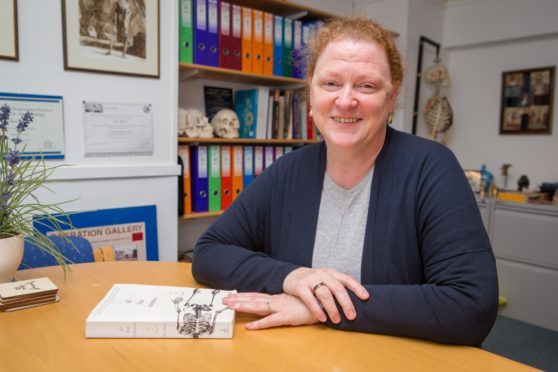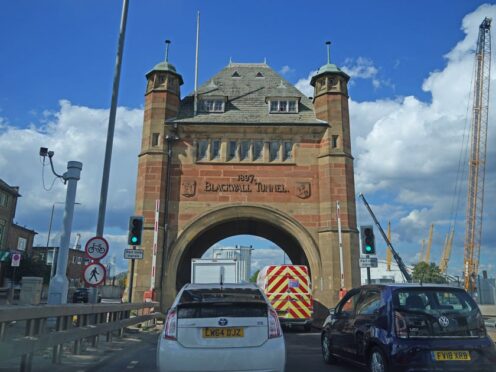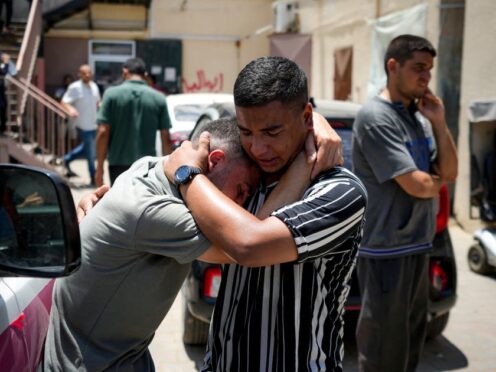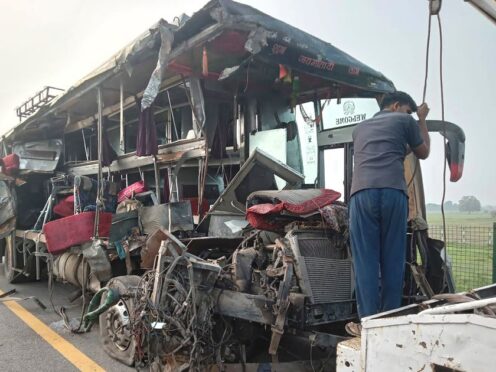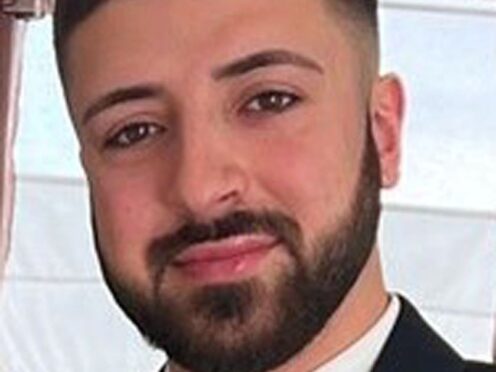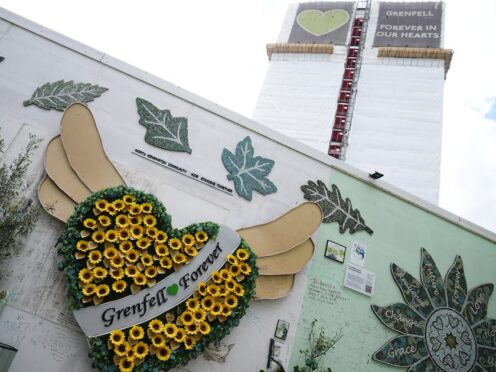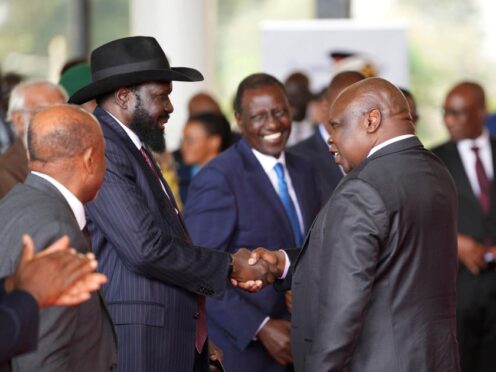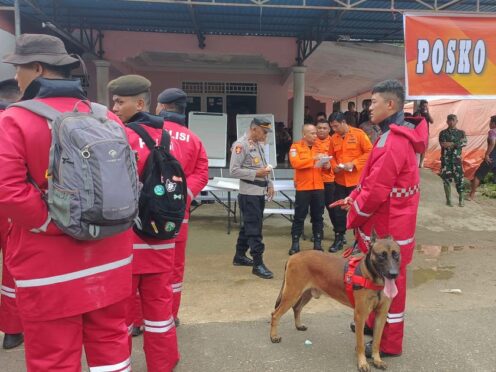Scientists are appealing to the public to submit photographs of their hands in the hope of developing powerful new tools to track down and convict child abusers.
They aim to create a database of images which will allow computers to identify individuals by the features of the back of their hand, in the same way as is done with fingerprints.
Suspects have already been identified by matching features like the patterns of veins, tendons and freckles on their hands with those seen in images of abuse.
However, the process is very slow, requiring close study of shocking images by scientists and police officers.
Forensic anthropologist Professor Dame Sue Black of Lancaster University, formerly of Dundee University, believes it will be possible to develop computer algorithms to speed up the process of identification.
“A lot of the photographs we look at when it involves child abuse, it’s the back of the hand we see, not the front of the hand,” she told BBC Radio 4’s Today programme.
“There are so many anatomical features in there that we’ve been able to use those to help the police in the past to compare images between suspects and offenders. We know that it works, but it takes a very long time to do.
“We need to be able to train machines to do the machine learning that extracts the information we see from the photographs and creates an algorithm that will allow us to search databases that the police hold and perhaps be able to link cases they’ve not been able to in the past.
“So if you’ve got a perpetrator who might be working out of Malaysia and moves to Germany or the UK, different police forces see these images but can’t necessarily connect them to the same perpetrator.
“We believe that if we can use machine learning to speed up the process and to be able to trawl through millions of images, not only do you have the opportunity to make those connections, but you are also saving the officers and scientists who have to be exposed to these photographs.”
Prof Black added: “We want to be able to get a large enough database of hand images that we can start to train the machines.
“We are looking for about 5,000 volunteers who will take photographs of their own hands using their mobile phones and submit us those photographs.
“We will strip out all the information that will identify somebody, so we won’t be able to link that photograph back to somebody’s email or name. ”
